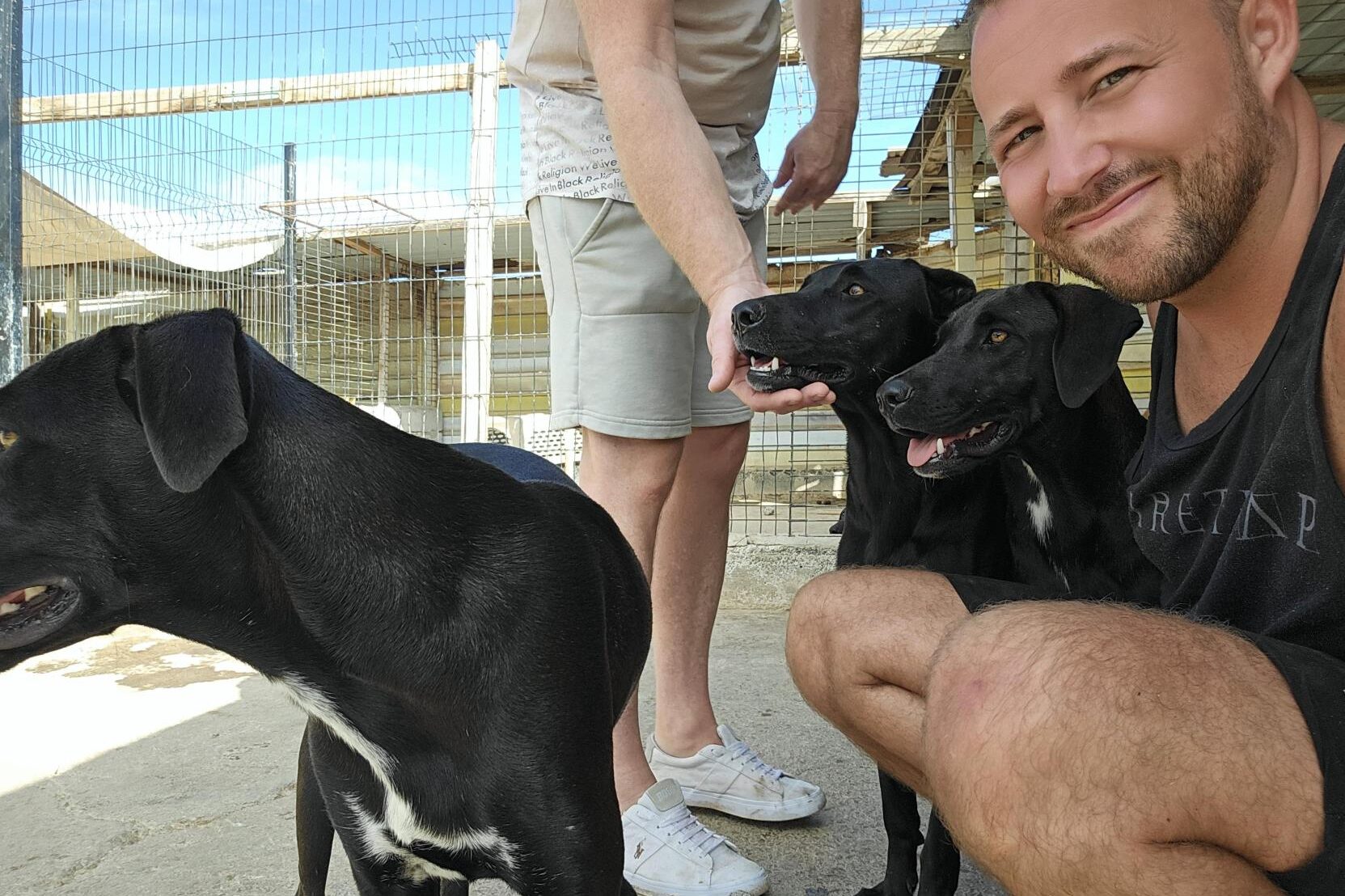Bringing a new pet home is an exciting milestone. Whether you’ve chosen a playful puppy, a curious kitten, or a loving rescue, the first few weeks are crucial for helping them settle in and thrive. As a new pet owner, preparation and planning will make the transition smoother—for both you and your furry family member.
1. Plan Ahead for Your Pet’s Arrival
From the moment you bring your new pet home, you are responsible for their health, happiness, and safety. Make sure you’ve stocked up on the essentials before their arrival, including food, bedding, toys, and identification.
2. Prioritise Pet Healthcare
One of the first steps for new pet owners is arranging healthcare.
- Pet insurance: Protects against unexpected vet bills.
- Register with a vet: Ideally before your pet comes home.
- Vaccinations & preventative care: Your breeder or rescue centre will advise what’s due in the first few weeks.
- Microchipping: Puppies and dogs must be microchipped by law, and cats should be too. Don’t forget to update the registration details.
3. Create a Safe and Comfortable Environment
Moving into a new home can be overwhelming for pets, so give them a secure space where they can rest.
- Dogs & Puppies: A cosy bed or covered crate in a quiet area works best. A blanket or toy with their mother’s scent can help them settle.
- Cats & Kittens: Start them off in a quiet room with food, water, a bed, and a litter tray (cats prefer water bowls away from food and litter). Gradually expand their access over two weeks.
- Safety first: Remove toxic plants, tidy away small objects, and ensure your garden is escape-proof. Pheromone diffusers can also help reduce stress.
4. Feeding and Nutrition Tips
Your pet’s diet plays a huge role in their health.
- Stick to the same food they’re used to at first. If changing, switch gradually over 10–14 days.
- Puppies under 6 months may need up to 4 meals daily.
- Cats and kittens often graze on dry food between two meals.
- Treats should be counted as part of their daily diet and chosen for their age and life stage.
5. Choose the Right Toys and Playtime
Toys are essential for stimulation, bonding, and training—but don’t overwhelm your pet.
- Start with a small selection of safe, varied toys.
- Observe what your pet enjoys most before buying more.
- Ensure children understand that pets need plenty of rest and downtime.
6. Be Patient and Seek Support
Welcoming a new pet is exciting, rewarding, and sometimes challenging. Training, house rules, and bonding all take time. If you’re worried about behaviour, diet, or health, don’t hesitate to reach out for advice.
💡 Tip: Scratch & Patch members get free access to our 24/7 Vet Careline, offering expert support whenever you need it.


